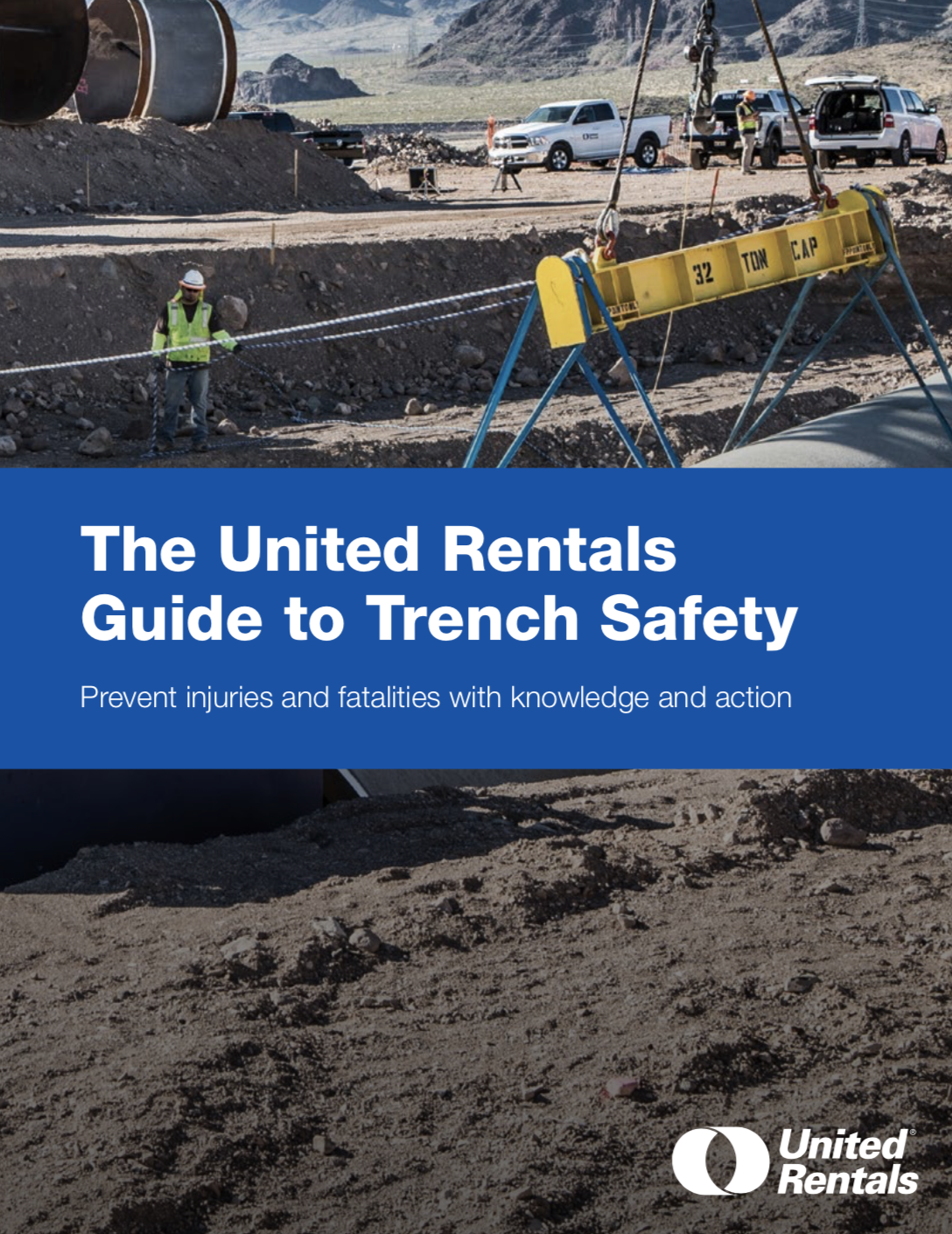When correctly installed, a forced air ventilation system should adequately ventilate every occupied area within a confined space.
Trench work necessitates that contractors and workers operate in an environment that may have high levels of gases like nitrogen, argon, carbon dioxide, and methane; these gases interfere with the body’s ability to absorb and move oxygen to the tissues, which can lead to unconsciousness or even death by suffocation. An oxygen-deficient atmosphere is defined as one in which there is only 19.5 percent of the oxygen needed for human consumption. Along with presenting asphyxiate hazards, the wrong concentration of gases can become flammable or explosive.
When workers enter a trench or confined space, continuous ventilation is necessary for worker safety unless the atmosphere is already low hazard. When correctly installed, a forced air ventilation system should adequately ventilate every occupied area within a confined space. Correct installation of a ventilation system in a trench depends on the location and arrangement of the fans or other air movers. All of this keeps concentrations of airborne contaminants and gases below exposure limits.
Ventilation Methods
Forced air ventilation systems used for trenching and confined spaces require a clean source of air, a diesel-, gasoline-, or electric-powered ventilator, and portable ducting. Gasoline- and diesel-powered ventilators can deliver 12,000 cubic feet per minute (CFM) of clean air flow and can run for nearly eight hours on five gallons of fuel. Because of the volume of air conveyed by a gasoline- or diesel-powered ventilator, most versions have an 18-inch diameter inlet and outlet. Gasoline- and diesel-powered ventilators also have aluminum impellers to lessen any possibilities of explosion.
Electric ventilators deliver less volume than gasoline-powered ventilators, with a range of 736 CFM to 1077 CFM of clean air. Depending on the need, manufacturers offer 12 VDC ventilators and 120 VAC ventilators. These ventilators feature either radial or axial blowers driven by a combination of belts and pulleys. Manufacturers typically provide ducts in 15- and 25-foot lengths.
Hazardous location ventilators must comply with National Electric Code (NEC) definitions for Class II, Group D; Class II, Group G; and Class III hazardous locations. All ventilators intended for hazardous locations must have totally enclosed non-vented motors, aluminum blower housings and frames, fully automatic shutdowns, spark-proof fasteners, and spark-proof inlet and exhaust screens.
Ducting used with hazardous location ventilators must also comply with hazardous location regulations. Unlike ducting used for non-hazardous locations, ducting for hazardous locations conducts and dissipates the electric charges created by the movement of air through the duct. A static electric charge conducts through the length of the duct until it dissipates through the ground wire of the ventilator power cord. Always inspect a statically conductive duct to verify its structural integrity.
Setting Up Ventilators
Regardless of the type of ventilator, its blower should be located a safe distance from the confined space. Purge the blower duct at street level for at least one minute before placing it in the confined work area. Always ensure that the air supply used for ventilation remains clean and free of any harmful fumes or gases. If the atmosphere in the confined space is potentially flammable, the ventilating equipment must have the proper bonding and grounding needed to prevent static discharge. Hazardous location ventilators should include power cords rated by the National Electric Code for hazardous locations.
Continuous ventilation should occur while the trench or confined space remains occupied. If the ventilation equipment blocks or restricts access to a confined space, precautions must be put in place that provide respirable air to the occupants until they can exit the space. When using a ventilator to eliminate a hazardous atmosphere, the blower must run until testing with a multi-gas detector confirms that the conditions in the trench have become safe.
Download the United Rentals Guide to Trench Safety



